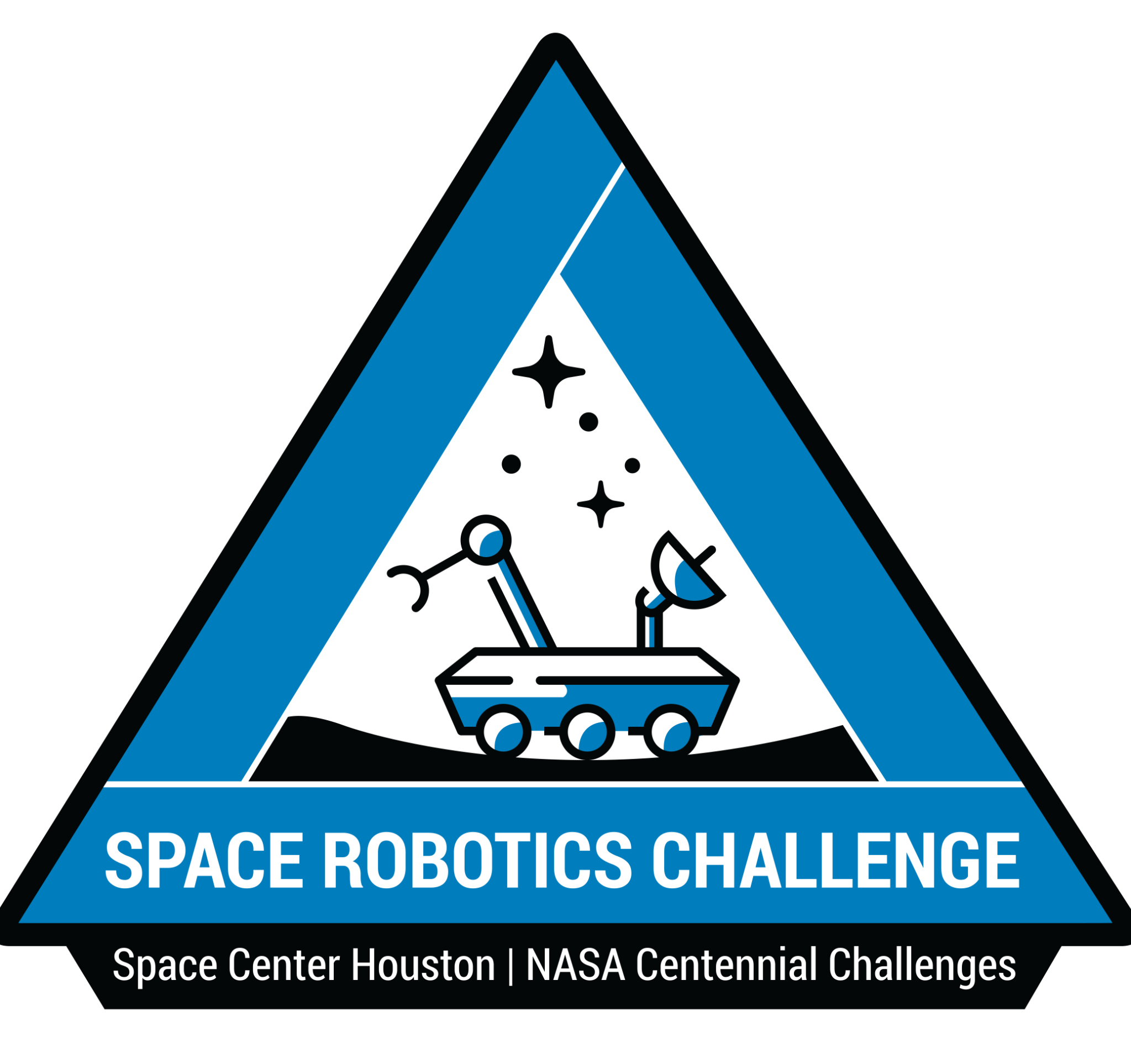By Taylor Goodwin
NASA’s Marshall Space Flight Center, Huntsville, Ala.
Astronauts could take advantage of local resources while living and working on the Moon and Mars. Robot helpers could help find and extract the resources – water, oxygen, and more – before humans even arrive.
NASA has awarded a total of $535,000 to seven teams that competed in the agency’s Space Robotics Challenge. The teams developed code to help advance state-of-the-art autonomous robotics for future space exploration missions.
This final round of the challenge opened in January. Each team was led by a U.S. citizen, an eligibility requirement of the competition. Teams coordinated and coded various robotic systems within a virtual, simulated lunar environment. The virtual robots needed to locate, collect, and haul resources to their “home base” on the Moon – all without human interference. A panel of subject matter experts from NASA and industry scored each team based on the number of resources the autonomous bots identified, excavated, and delivered to their targeted base.
The seven winning teams in ranked order of prize package are:
- Olympus Mons, a team of individuals in Barcelona, Spain ($185,000)
- Robotika in Space, a team of individuals in Annapolis, Maryland ($125,000)
- Team Adelaide, a team of students and faculty of the University of Adelaide in Australia ($75,000)
- Walk Softly, a solo competitor in Niskayuna, New York ($50,000)
- Whalers, a team of individuals in Nantucket, Massachusetts ($40,000)
- Team Mountaineers, a team of students and faculty of West Virginia University in Morgantown ($30,000)
- Future Robotics Lab, a team of individuals in Franklin, North Carolina ($30,000)
The winning teams offered different approaches to solving the challenge. Strategies included deploying spiral and zig-zag search patterns, enabling multi-robot communications, taking advantage of sunlight for power, and coordinating robots working nearby.
First-place team Olympus Mons focused on gathering material from the lunar surface while ensuring the integrity of their rovers throughout the operation. They built a squad of six rovers to search the simulated area, excavate, and haul materials. The team’s strategy used a central system to coordinate the efforts of the individual rovers and make high-level decisions. That allowed the rovers to focus on a subset of specific tasks.
Robotika in Space, the second-place team, built two independent trios of robots – each consisting of one scout, one excavator, and one hauler. Each group of robots explored and excavated half of the simulated surface, traveling in semi-circle patterns to locate resources. Once the scout located the resources, it signaled the excavator and hauler bots to gather and transport the materials.
Team Adelaide won third place by developing two scouts, two excavators, and two haulers. They separated the six bots into two independent teams. Each team was responsible for processing half of the simulated lunar surface. The scout bots followed a spiral pattern, followed by slower excavator and hauler bots. When the scout detected resources, the excavator and hauler robots would obtain and move the resources.
“Autonomous robotic systems like those developed for this challenge could assist future astronauts during long-duration surface missions, allowing humans to focus on the more meticulous areas of exploration,” said Monsi Roman, program manager for NASA’s Centennial Challenges.
More About the Challenge
Phase 1, completed in June 2017, focused on NASA’s R5 humanoid robot operating in a virtual Mars environment. It consisted of two challenge rounds and tasked competitors with advancing humanoid robot dexterity so robots could work better alongside, even without, astronauts.
Phase 2 also consisted of two rounds: qualification and final competition. In the qualification round, teams were given three separate in-situ resource utilization tasks to complete in a simulated lunar environment. Out of 114 registered teams, 22 advanced to the finale, where they built upon their software to demonstrate autonomous operations over an ongoing mission.
The Space Robotics Challenge is supported by subject matter experts at NASA’s Johnson Space Center in Houston. The competition is a Centennial Challenge and part of the Prizes, Challenges, and Crowdsourcing program within NASA’s Space Technology Mission Directorate. Centennial Challenges, managed at NASA’s Marshall Space Flight Center in Huntsville, Alabama, bridge the innovation gap between NASA and the nation by stimulating research and technology solutions inside and outside of the traditional aerospace community. These, as well as other NASA opportunities, offer incentive prizes to generate revolutionary solutions to problems of interest to NASA and the nation.
Space Center Houston – a Smithsonian affiliate non-profit whose space museum functions as Johnson’s official visitor center – partnered with NASA to help design and execute the competition. The challenge is a part of the center’s Innovation Gateway community science initiative. This program empowers the public with authentic learning experiences that contribute to real scientific research.
For information on prizes and challenges at NASA, visit:
For information about the Space Robotics Challenge, visit:
www.spaceroboticschallenge.com
Media Contact:
Molly Porter
NASA’s Marshall Space Flight Center, Huntsville, Ala.
256-544-0034























